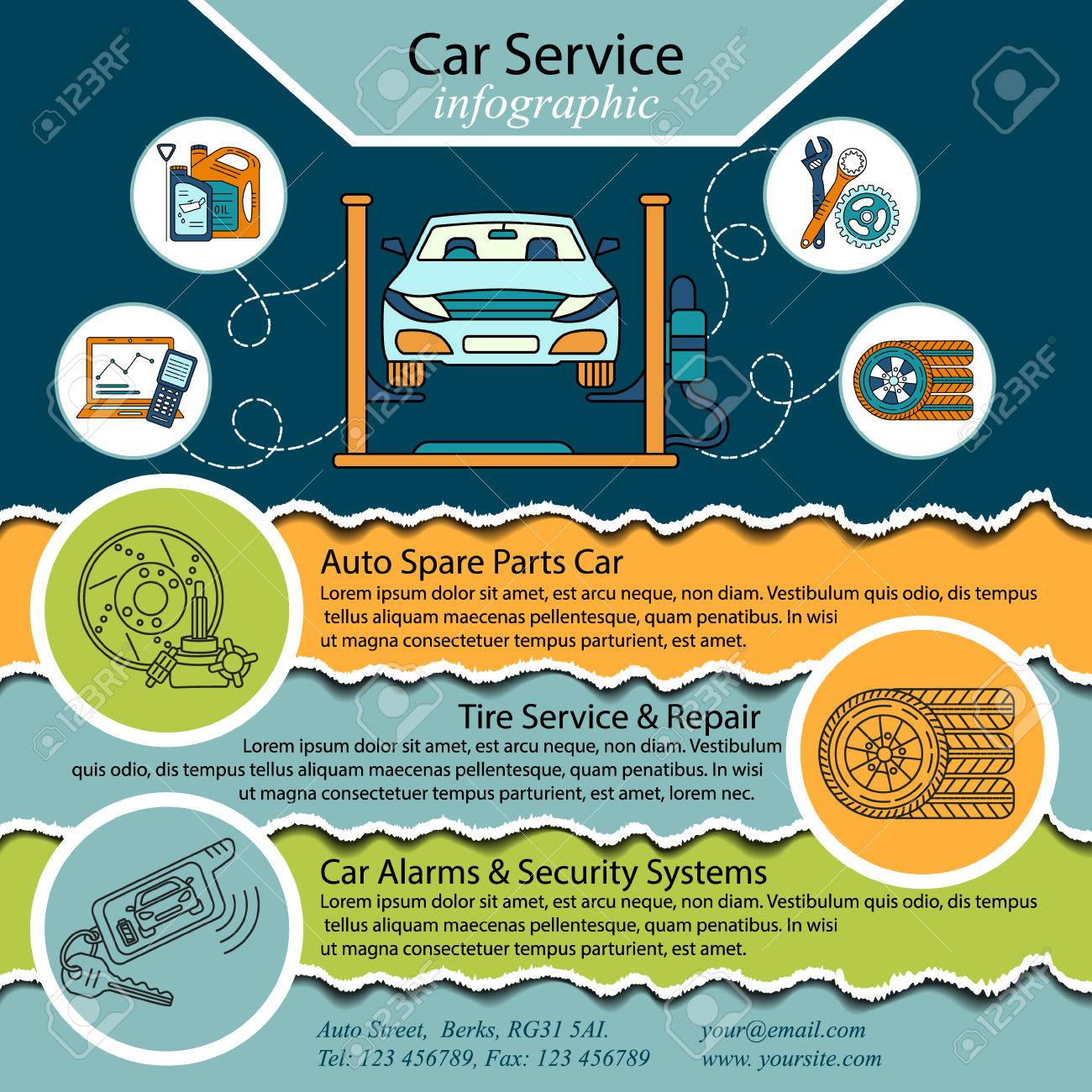Looking For Clarity On The Warning Lights Displayed On Your Automobile'S Control Panel? Learn Just How They Connect To Your Automobile'S Health And Safety
Looking For Clarity On The Warning Lights Displayed On Your Automobile'S Control Panel? Learn Just How They Connect To Your Automobile'S Health And Safety
Blog Article
Content Composed By-Samuelsen Dalgaard
When you lag the wheel, those radiant warning lights on your dashboard can be a bit difficult. Do https://oilnearme84950.bloggosite.com/36502445/awesome-transformation-of-a-disregarded-automobile-discloses-the-astonishing-power-of-expert-describing-techniques-the-results-will-leave-you-speechless understand what they're attempting to inform you concerning your vehicle's wellness? Understanding the value of these lights is crucial for your safety and security and the long life of your lorry. So, the following time one of those lights appears, wouldn't you wish to decipher its message accurately and take the essential actions to resolve it?
Common Caution Lights and Interpretations
Identify usual warning lights in your cars and truck and understand their definitions to make certain risk-free driving.
One of the most regular warning lights consist of the check engine light, which signifies issues with the engine or emissions system. If this light begins, it's critical to have your lorry inspected immediately.
https://www.marketwatch.com/picks/guides/finance/hyundai-warranty/ alerting light indicates low oil pressure, calling for instant focus to avoid engine damage.
A blinking battery light could recommend a damaged charging system, potentially leaving you stranded otherwise dealt with.
The tire pressure surveillance system (TPMS) light signals you to reduced tire pressure, influencing lorry stability and fuel performance. Disregarding this might bring about unsafe driving conditions.
The abdominal light indicates an issue with the anti-lock stopping system, jeopardizing your capability to stop swiftly in emergencies.
Lastly, the coolant temperature warning light warns of engine getting too hot, which can lead to serious damage otherwise resolved promptly.
Understanding these common warning lights will assist you attend to issues quickly and preserve secure driving conditions.
Value of Prompt Interest
Comprehending the usual caution lights in your cars and truck is only the very first step; the significance of immediately resolving these cautions can't be stressed sufficient to ensure your safety on the road.
When a caution light illuminates on your control panel, it's your auto's method of communicating a possible concern that requires attention. Overlooking these cautions can lead to extra severe troubles in the future, compromising your safety and potentially costing you much more out of commission.
Trigger focus to warning lights can stop breakdowns and crashes. For example, a blinking check engine light could show a misfire that, if left unattended, might cause damages to the catalytic converter. Resolving this without delay can save you from a pricey repair work.
In a similar way, a brake system advising light might indicate reduced brake fluid or used brake pads, critical components for your safety when driving.
Do It Yourself Troubleshooting Tips
If you discover a warning light on your dashboard, there are a few DIY repairing ideas you can try before looking for specialist aid.
The very first step is to consult your vehicle's manual to recognize what the particular caution light suggests. Occasionally the problem can be as easy as a loosened gas cap setting off the check engine light. Tightening the gas cap might resolve the problem.
An additional usual concern is a low battery, which can trigger numerous alerting lights. Examining the battery connections for corrosion and ensuring they're protected may repair the problem.
If a warning light continues, you can attempt resetting it by disconnecting the vehicle's battery for a couple of mins and then reconnecting it. In addition, examining your car's fluid degrees, such as oil, coolant, and brake fluid, can help troubleshoot alerting lights related to these systems.
Verdict
Finally, understanding your cars and truck's warning lights is necessary for keeping your car running efficiently and securely. By immediately addressing these signals and understanding what they mean, you can avoid expensive fixings and prospective break downs.
Remember to consult your vehicle's handbook for specific details on each alerting light and act accordingly to make sure a trouble-free driving experience.
Remain educated, stay risk-free when driving!
